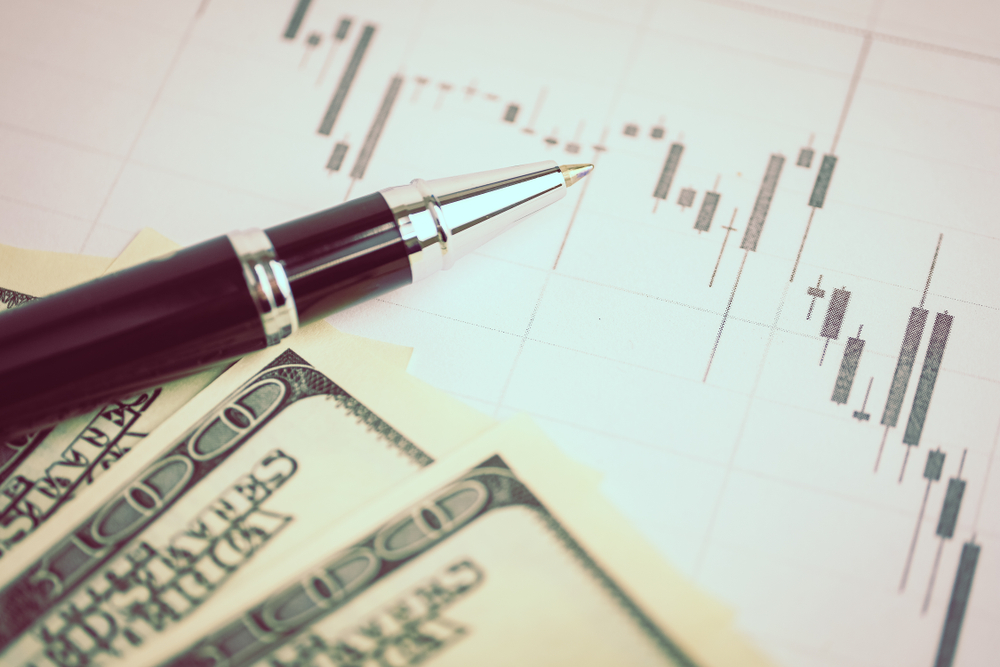How to See What the Smart Money Is Buying Right Now
Andy Snyder|December 11, 2020

You’ve heard the terms “smart money” and “dumb money,” right?
But what do they mean, and how can you make the most of the very powerful difference between them?
Come along as we show you how to avoid the dummies and ride the gilded coattails of the smart folks.
Your bank account will thank you.
For decades now, we’ve focused our research heavily on volume analysis. As we’ve written many times, we don’t care what a lone fool will pay for an asset. We want to know how many fools are paying that price.
The Fool’s Price
Burton Malkiel made the notion of the “greater fool” come to life.
In his famed book A Random Walk Down Wall Street, he reckoned, “A sucker is born every minute, and any price will do as long as others may be willing to pay more. There is no reason, only mass psychology.”
Again, that’s why we don’t care about the price. We care about the herd of folks standing behind it.
Tesla may be worth $5 a share according to its accountants. But if enough folks think it’s a million-dollar-a-share stock… it will be a million-dollar-a-share stock.
But you’re no fool.
You see the flaw in the idea.
What happens when we run out of fools? Or, much more likely, what happens when the fools run out of money?
You know the answer.
It isn’t pretty.
That’s why it’s oh so important to understand the vast difference between the smart money and the dumb money.
Where Less Is More… Much More
Right now, we see oodles and oodles of dumb money floating around. We just reported to our paid subscribers that index volume has nearly doubled over the last 12 months. Brokerages, like Robinhood, Fidelity and E-Trade, are seeing record account startups.
The volume has been so big that Robinhood is now notorious for locking up just when the buying gets good.
In a world of free money, there’s no fence to keep the herd constrained. It runs around in circles… one blind beast nibbling at the tail in front of it.
But there is a section of the market that isn’t quite so populated.
Recent studies prove that what happens here… shows up in the ticker tape two or three weeks later.
In other words, track the action here and science tells us we’ve got a crystal ball on our hands.
Take Tesla, for example…
Each day, we can expect close to 50 million shares to change hands. With a price tag of $600 each, that’s $30 billion sloshing around every day.
Sure, there’s some smart money mixed in there… but there’s an awful lot of dumb money too.
But let’s look at the options market. The complexity of it keeps much of the riffraff out.
Volume there is much, much lower.
Take the company’s March 2021 call options. We can instantly see that a busy contract has just a thousand trades each day. Many have 200 or less.
With just a glance, we can see where the big bets are placed.
And here’s the important part. Because of the nature of the options market, those bets are much more informed than the trades happening in the circuslike environment on the equity side of things.
Proven Results
A couple of smart fellas in the realm of academia recently sat down to prove what we’ve preached for years.
In a paper called “The Information in Option Volume for Future Stock Prices,” the researchers came to the following conclusion on Page 906…
Our findings indicate that it takes several weeks for stock prices to adjust fully to the information embedded in option volume. The main economic source of this predictability, however, does not appear to be market inefficiency. Rather than a disconnection between the stock and the option markets, the predictability that we document appears to be driven by valuable nonpublic information which traders bring to the option market.
We bolded the key ideas for you. Because of valuable nonpublic information, the team determined, options can get prices right as much as a month ahead of the stock market.
Again… that’s the power of smart money versus dumb.
But it gets better. The researchers kept going…
Applying the same predictive analysis to the index option market, however, yielded no evidence of informed trading. This is indeed consistent with the view that informed traders tend to possess firm-specific rather than market-wide information.
Isn’t that fascinating?
Options traders making bets on the SPY, QQQ or any of the myriad other index fund options fare no better than the folks grabbing up shares.
After all, it’s impossible to have more knowledge of the overall market’s direction than the next guy.
But an analyst who spends all day studying automakers or, say, 3D printing companies surely has a better view of his firms than the millions of other folks who are blindly jumping in and out each day.
Who would you rather follow?
Our money… is in the options market.
In there, smart-money volume tells a wonderful tale.
This is the theme of our own research project. We recently dug into a very distinct and highly reliable once-a-month anomaly in the options market. The results from our back test were spectacular… average gains of 158% in less than 30 days.
You can view the whole presentation here.
Send us your questions on using options volume to make trades. Email us at mailbag@manwardpress.com.

Andy Snyder
Andy Snyder is an American author, investor and serial entrepreneur. He cut his teeth at an esteemed financial firm with nearly $100 billion in assets under management. Andy and his ideas have been featured on Fox News, on countless radio stations, and in numerous print and online outlets. He’s been a keynote speaker and panelist at events all over the world, from four-star ballrooms to Capitol hearing rooms.



